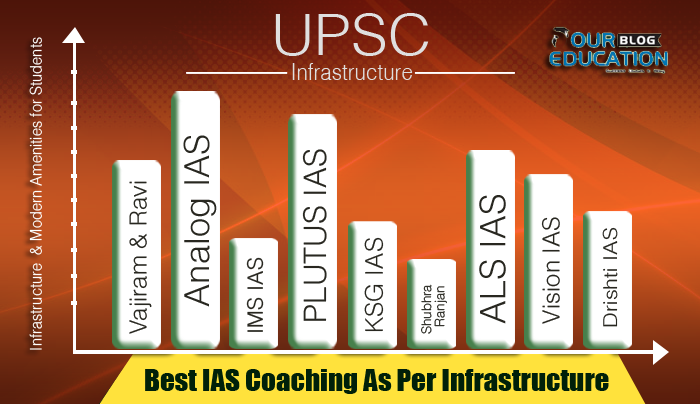To maintain higher Best IAS Coaching in Delhi opportunities, particular for low- and middle-income students, increased resources must be made available to students through financial aid programs to meet the higher tuitions. Proposed changes in federal support for financial aid programs will increase the financial burdens on low and middle-income students and will exacerbate the growing problem of inadequate access to post-secondary educational opportunities.
These trends-declining per-student appropriations, rising tuition, and growth in the population of college age persons-have disturbing implications for the states. At the same time, the African American population as a percentage of the college-age population is rising rapidly. High school dropout rates are appalling. The African American students who are disproportionately poor and low-income, face significant financial barriers to attendance-another pressure for increased spending, not reduced. Once enrolled, these students are more likely to drop out for a wide variety of reasons, including financial reasons.
The political economy of the higher education system points to ever rising costs of operation-cost creep, maybe even galloping cost creep. But the political economy of state and national governments points to static or falling public spending for higher education. Thus any list of “salami-tactic” cuts-close campuses, freeze salaries, or drop departments-would be nonstrategic and pointless. Instead, recommendations must seek structural change in the political economy of the higher education system. Reforms are needed to recast incentives, priorities and accountabilities to spur selfgenerated cost control and quality improvement.
Principle 1. Target public subsidies directly to people who are financially needy. Under this proposal, need-based financial aid for low and middle-income students would be nearly tripled, thus providing access to higher education opportunities for more students.
Principle 2. Use competition as a tool to align institutional self-interest with the public interest. The scheme proposed here would place most of the state education funds in the hands of students and would force the higher education institutions to compete by providing high quality education services that meet the needs of consumers. In addition, efficiency and innovation would be fostered through competition to meet performance objectives within the two systems.
Principle 3. Allow prices of public services to reflect true costs, including the social costs of individual decisions. Tuitions would be allowed to rise to reflect instructional costs. These increases would be offset by the availability of increased state grants and lifetime learning grants appropriated to all students.


